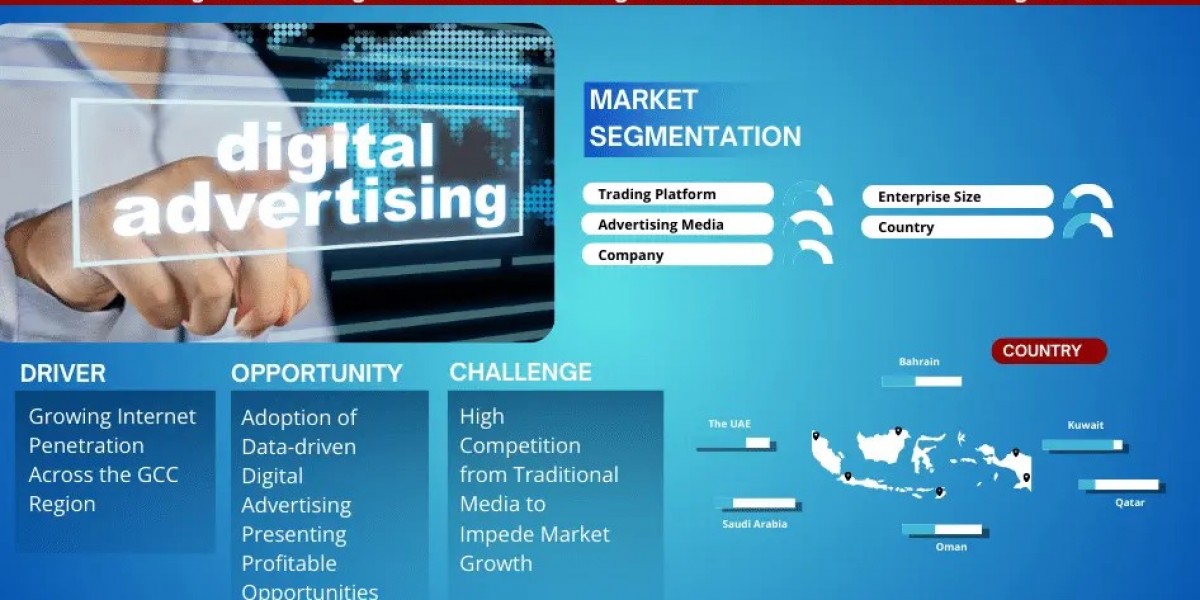Pharmaceutical Contract Manufacturing & Research Services: A Booming Era of Outsourcing and Innovation
The global pharmaceutical contract manufacturing and research services (CRAMS) market is experiencing unprecedented growth, driven by pharmaceutical companies increasingly outsourcing their R&D and manufacturing operations to specialized partners. This surge reflects a strategic shift within the pharmaceutical industry to streamline operations, reduce costs, and focus on core competencies like drug discovery.
Technological Advancements and Digitalization Drive Efficiency: The industry is witnessing a rapid adoption of cutting-edge technologies, including digitalization and automation, within contract manufacturing organizations (CMOs) and contract research organizations (CROs). News reports highlight how these advancements are streamlining manufacturing processes, improving productivity, ensuring regulatory compliance, and enabling the production of more complex drug formulations, such as highly potent active pharmaceutical ingredients (HPAPIs) and biologics.
Rising R&D Spending and Generic Demand Fuel Growth: A key factor propelling the CRAMS market is the escalating investment in pharmaceutical R&D, particularly with over 5,500 pharmaceutical businesses reportedly having active R&D pipelines in 2023. This creates significant opportunities for CROs to provide specialized services across the drug development process. Concurrently, the rising demand for generics, fueled by patent expirations and the need for cost-effective therapies, is driving pharmaceutical companies to outsource production to CMOs for efficient fulfillment of market needs.
Increased Outsourcing by Pharma Giants and Biotechs: Large pharmaceutical companies are increasingly relying on contract partners to minimize capital expenditure, optimize in-house production, and access specialized expertise and advanced technologies. Similarly, small and mid-sized biotech companies are embracing outsourcing to conserve capital resources and accelerate their speed to market, especially for novel drug candidates that require specialized facilities and operational expertise. This shift from "pay for services" to strategic partnerships is becoming prevalent across the entire R&D lifecycle.
Biologics and Advanced Therapies as Key Drivers: The burgeoning biologics sector, including cell and gene therapies and advanced therapy medicinal products (ATMPs), is a major growth engine for CRAMS. These complex products demand distinct production environments and highly specialized manufacturing techniques, which many pharmaceutical companies find challenging to establish in-house. CMOs are investing in cutting-edge technologies like continuous manufacturing and bioreactors to meet this demand.
Stringent Regulations and Quality Assurance Paramount: The complex and evolving global regulatory landscape, including stricter requirements from bodies like the FDA and EMA (e.g., increased focus on Current Good Manufacturing Practice (CGMP) and Corrective and Preventative Action (CAPA) systems), is also driving the demand for CRAMS. Outsourcing partners with strong regulatory expertise are crucial for ensuring compliance and facilitating smoother market entries for new drugs.
Challenges Include Supply Chain Risks and Talent Shortages: Despite the positive outlook, the CRAMS market faces challenges such as supply chain disruptions, the high cost of investment in cutting-edge technologies, and a persistent shortage of highly skilled personnel. Geopolitical tensions and funding challenges for smaller biotech companies can also impact the market.
Regional Dynamics: North America Leads, Asia-Pacific Fastest Growing: North America currently holds the largest market share due to its well-established pharmaceutical industry and advanced manufacturing technologies. However, the Asia-Pacific region is projected to exhibit the fastest growth, driven by rapid industrialization, increasing healthcare investments, and the availability of cost-effective labor and advanced facilities in countries like China and and India.
. As pharmaceutical companies continue to prioritize efficiency, innovation, and strategic partnerships, CDMOs and CROs that offer flexible, compliant, and technologically advanced services are exceptionally well-positioned to capitalize on this expanding market opportunity.








